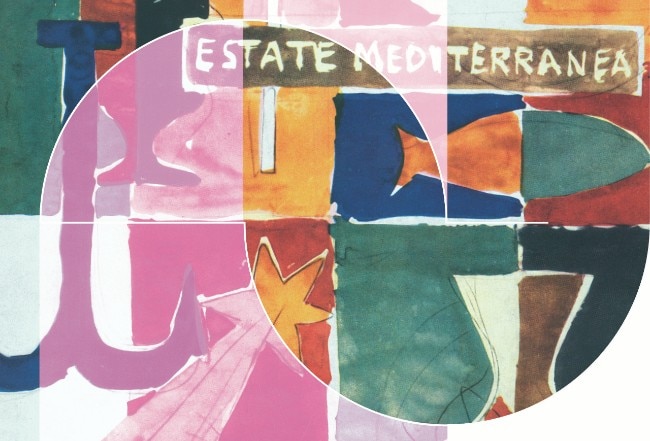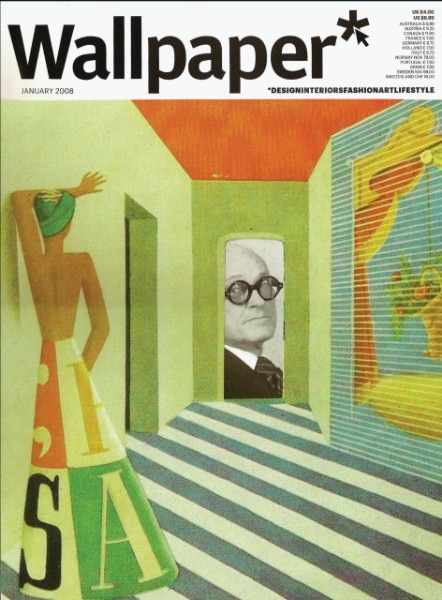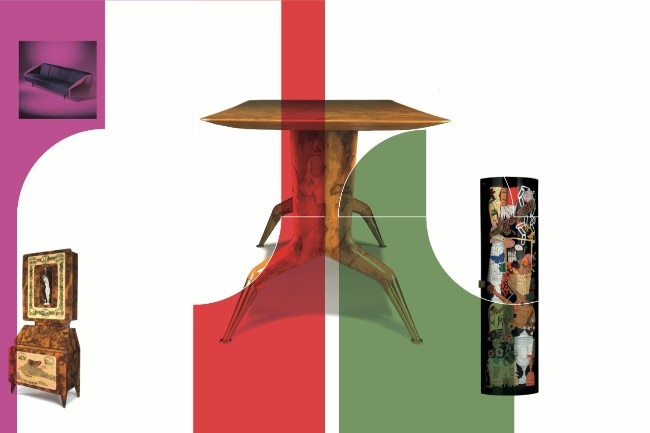
Ponti the Writer
As “light and vibrant” as his architecture. This is how we might describe Gio Ponti’s writing if we read his books and the articles he wrote for Domus and Stile magazines.
As “light and vibrant” as his architecture. This is how we might describe Gio Ponti’s writing if we read his books and the articles he wrote for Domus and Stile magazines.
In Gio Ponti’s creative universe the arts mirror one another, converging and forever overlapping as part and parcel of architectural space. They could not be left out of the modern home: it was a question of education in taste and aesthetics.
The long-standing debate on restoration fluctuates between a method aimed at safeguarding the material characteristics and even the signs left by time, and a method more attentive to the work’s expressive meaning – which may however indulge in renovation and hence falsification.
Promoting is the operative word that underlies Ponti’s indefatigable effort concentrated on architecture, design and the applied arts.
Towards the end of the 1960s I was a student at Milan Polytechnic’s Faculty of Architecture. At that time people didn’t bother much about architecture as a discipline.
Eighty years ago, in 1928, Aby Warburg embarked upon his last work, which would remain unfinished: Mnemosyne or the Atlas. Warburg’s enigmatic project consisted in a massive collection of material, most of it iconological.

